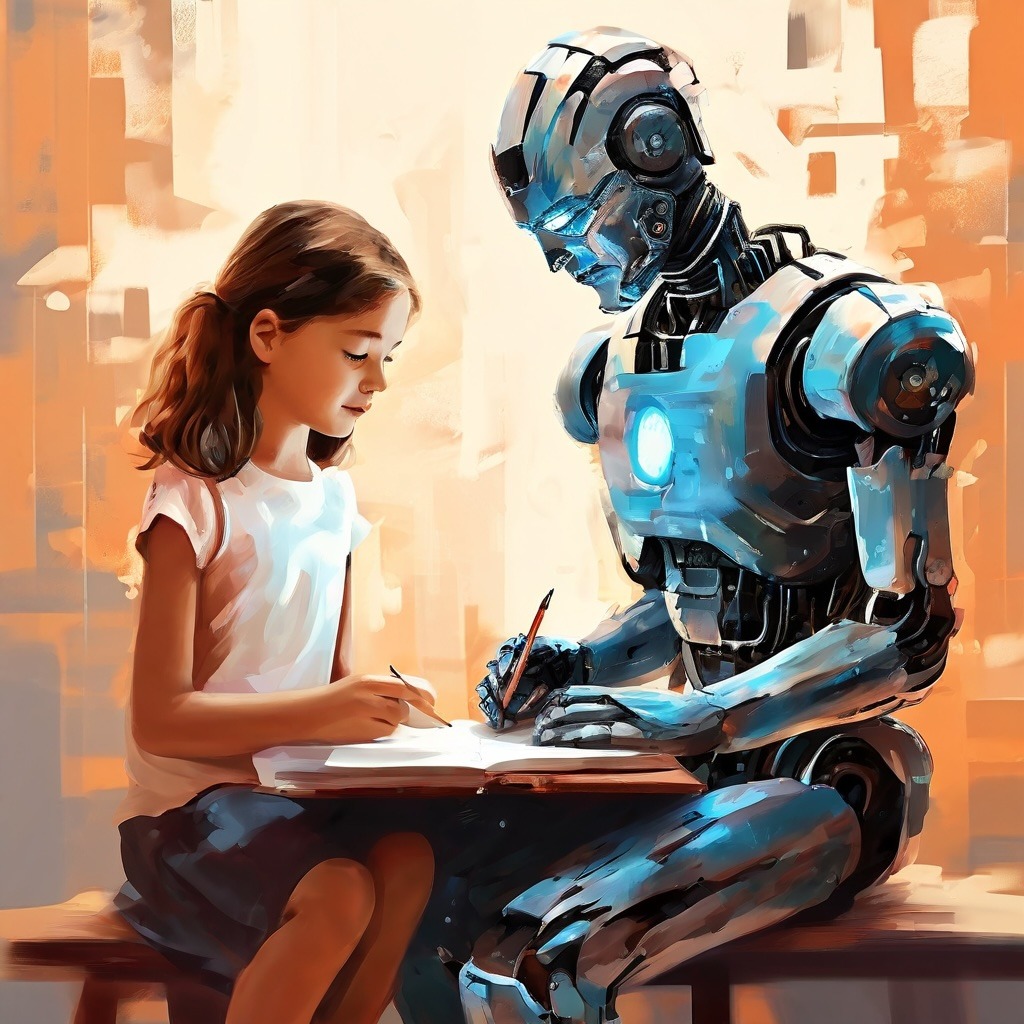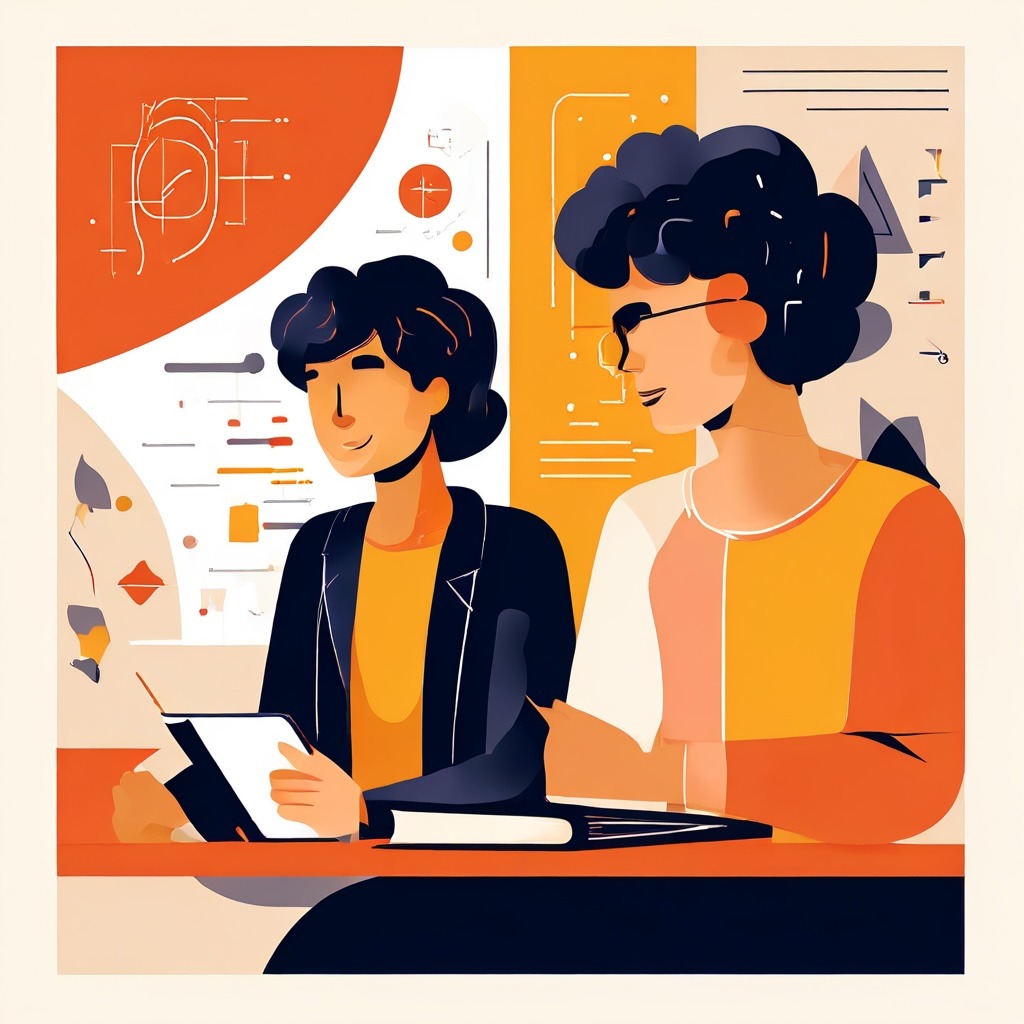Artificial Intelligence in Education: A Revolution in Personalized Learning
The integration of artificial intelligence (AI) into education has the potential to fundamentally change how we teach and learn. While some might imagine a science-fiction scenario of robot teachers and computerized classrooms, the true promise of AI lies in its ability to enhance the irreplaceable human connection at the heart of education. AI presents exciting opportunities to personalize learning experiences, boost student engagement, and free teachers to focus on mentorship and individual support.
Understanding the Concerns and the Potential
It’s natural to feel cautious about a technology as powerful as AI. Concerns about the ethics of AI systems are valid. After all, AI algorithms only reflect the data and biases of their creators. Therefore, it’s crucial to prioritize ethical AI development, promote transparency, and actively involve students, teachers, and parents in shaping the role of AI in education.
However, focusing solely on concerns risks overlooking the vast potential benefits that AI can offer. It could address some of the most persistent challenges in education, including:
- One-size-fits-all learning: AI can help tailor lessons to individual needs and paces, overcoming the limitations of traditional teaching methods.
- Lack of individualized support: AI-powered tutors can provide extra help outside of class, filling the gaps for struggling students.
- Tedious tasks for teachers: AI can handle administrative work and routine grading, giving teachers the valuable gift of time to focus on building relationships and guiding students.
43 Ways AI is Already Transforming Education
The exciting possibilities of AI in education are best understood through real-world examples. Here’s an expanded look at some of the most fascinating applications:
- Adaptive Learning Platforms: These systems assess student progress in real-time, customizing lessons, and practice questions to match their skill levels. Thinkster Math is a great example of this type of platform.
- Special Needs Support: AI-powered assistive technologies can make education more inclusive. These tools can read text aloud, offer translation services, or provide visual aids, empowering a wide range of students.
- AI Tutors: Virtual tutors like Jill Watson, introduced by Georgia Tech, can answer student questions and provide round-the-clock learning support.
- Writing Assistance: AI-powered writing tools go beyond basic grammar and spell check. They can analyze style, suggest better phrasing, and help students become more confident writers.
- Intelligent Classroom Management: AI systems can monitor behavior patterns, optimize classroom layouts, and assist with administrative tasks, creating a smoother learning environment for everyone.
- Test Prep and Assessment: AI can create targeted practice tests, analyze open-ended answers, and provide insights into student weaknesses and strengths.
- Plagiarism Detection: Used in higher education, these tools help maintain academic integrity.
- Data-Driven Decisions: Schools can use AI to analyze student performance data, identifying trends and areas for improvement much faster than traditional methods.
This is just a small sample of the many ways AI is being integrated into classrooms at every level, from early childhood education to universities. Companies like Brainly, Nuance, Cognii, and Content Technologies Inc. are at the forefront of developing AI-based educational solutions.
AI Benefits for Everyone in Education
The transformative power of AI extends beyond individual classrooms to benefit everyone involved in the learning process:
- Students: AI means learning at their own pace, getting personalized help, and gaining a more engaging educational experience overall.
- Teachers: With AI streamlining administrative tasks, teachers have more time for creativity, lesson planning, and providing individual attention and mentorship to students.
- Schools: AI-powered analytics can help schools optimize resources, improve course design, and make better-informed decisions to foster student success.
- Parents: AI can provide greater transparency into their child’s progress, allowing for more informed support at home and better collaboration with teachers.
Personalization: The Heart of AI-Driven Learning
The most significant potential of AI in education lies in its ability to provide truly personalized learning experiences. Imagine a classroom where each student receives a learning plan tailored to their strengths, weaknesses, learning style, and interests. This level of customization could revolutionize how students engage with learning and empower them to reach their full potential.
The Ethical Path Forward
To ensure AI serves the best interests of students and the broader educational community, several factors are critical:
- Collaboration: Teachers, students, parents, technology developers, and policy experts must work together to integrate AI responsibly.
- Transparency: How AI algorithms work and how they are used with student data needs to be clear and open to scrutiny.
- Addressing Bias AI must be actively designed to avoid mirroring human bias, ensuring it promotes equity and fairness for all learners.
AI is a powerful tool, and like any tool, it can be used for good or ill. It falls upon us to shape its role in education ethically and responsibly so that students and teachers alike can reap its full benefits with minimal risks.
Read the full article HERE
HERE is another interesting blog post from The Missing Prompt





